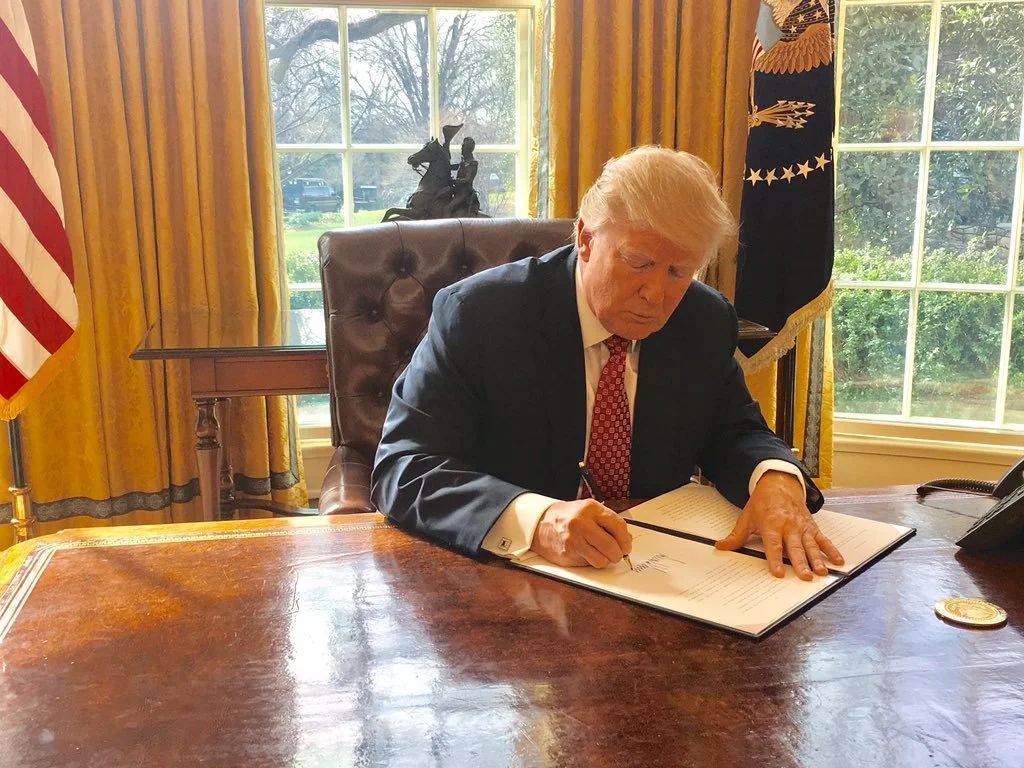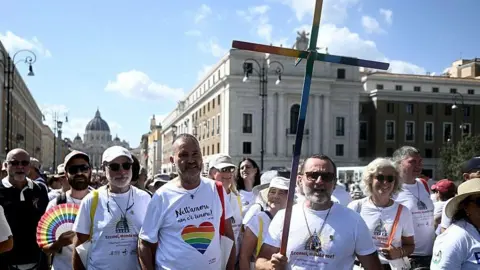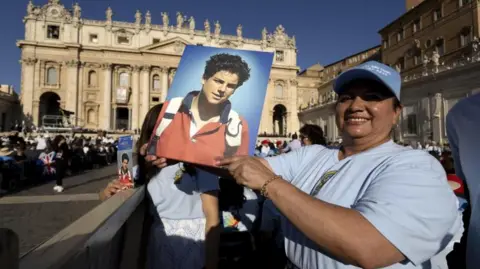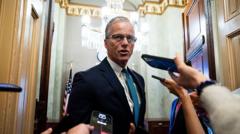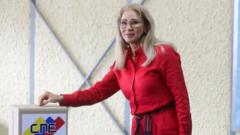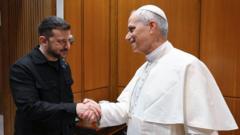The Vatican's conclave, tasked with selecting the next leader of the Catholic Church, has entered its second day as the 133 cardinals reconvene for more rounds of voting. After a day of deliberations on Wednesday with no candidate emerging, the cardinals are set to continue their efforts amid a backdrop of urgent need for stability among the 1.4 billion followers of the faith.
With the passing of Pope Francis in April, the church faces critical choices about its future direction in the wake of previous scandals and a divisive legacy of leadership. The voting process, cloaked in secrecy, prohibits any technology or contact with the outside world, emphasizing the unique nature of this papal election. Each cardinal casts votes by hand, and the outcome is revealed by smoke signals from the Sistine Chapel—black smoke indicates no decision, while white signifies the election of a new pope.
This conclave is significant not only because of its size but also due to the varying political perspectives of newly appointed cardinals, many of whom are meeting for the first time. Possibilities for leadership include Cardinal Pietro Parolin, former deputy to Francis, and Cardinal Luis Antonio Tagle of the Philippines, highlighting potential shifts in church policy towards greater inclusiveness or a regressive stance.
The voting earlier today is scheduled for approximately 10:30 AM local time, followed by two more rounds in the afternoon if necessary. The conclusion of the process remains uncertain, yet many cardinals have voiced the expectation that selection could take longer than previous conclaves due to the diverse opinions and backgrounds of current electors.
While tradition dictates that cardinals be sequestered until a pope is chosen, they have prepared to ensure a secure and expedient process, underscoring the historical evolution of papal elections from lengthy negotiations to more streamlined decisions in recent years. As the world watches, the next phase of this ancient ritual will unfold with the hopes of millions resting on the decisions made within the chapel's hallowed walls.
With the passing of Pope Francis in April, the church faces critical choices about its future direction in the wake of previous scandals and a divisive legacy of leadership. The voting process, cloaked in secrecy, prohibits any technology or contact with the outside world, emphasizing the unique nature of this papal election. Each cardinal casts votes by hand, and the outcome is revealed by smoke signals from the Sistine Chapel—black smoke indicates no decision, while white signifies the election of a new pope.
This conclave is significant not only because of its size but also due to the varying political perspectives of newly appointed cardinals, many of whom are meeting for the first time. Possibilities for leadership include Cardinal Pietro Parolin, former deputy to Francis, and Cardinal Luis Antonio Tagle of the Philippines, highlighting potential shifts in church policy towards greater inclusiveness or a regressive stance.
The voting earlier today is scheduled for approximately 10:30 AM local time, followed by two more rounds in the afternoon if necessary. The conclusion of the process remains uncertain, yet many cardinals have voiced the expectation that selection could take longer than previous conclaves due to the diverse opinions and backgrounds of current electors.
While tradition dictates that cardinals be sequestered until a pope is chosen, they have prepared to ensure a secure and expedient process, underscoring the historical evolution of papal elections from lengthy negotiations to more streamlined decisions in recent years. As the world watches, the next phase of this ancient ritual will unfold with the hopes of millions resting on the decisions made within the chapel's hallowed walls.




